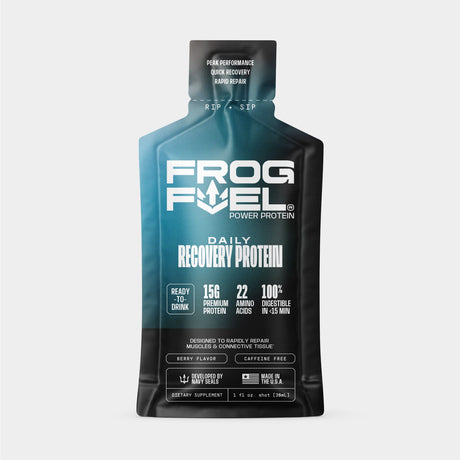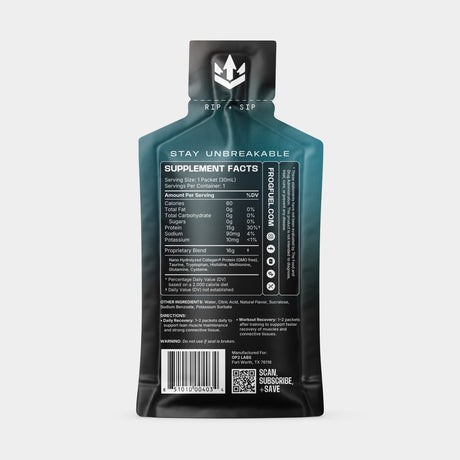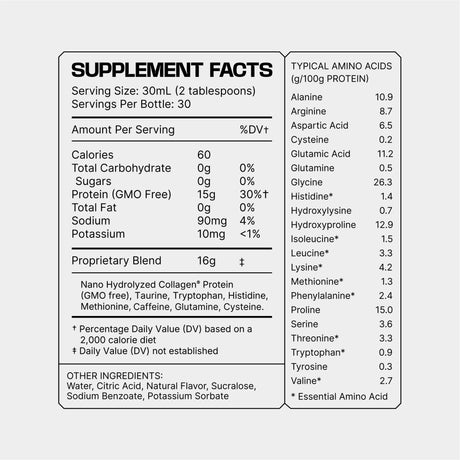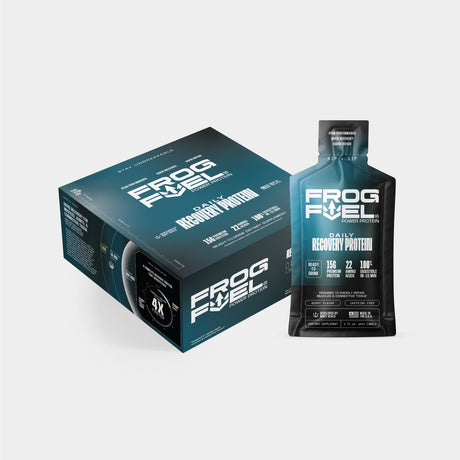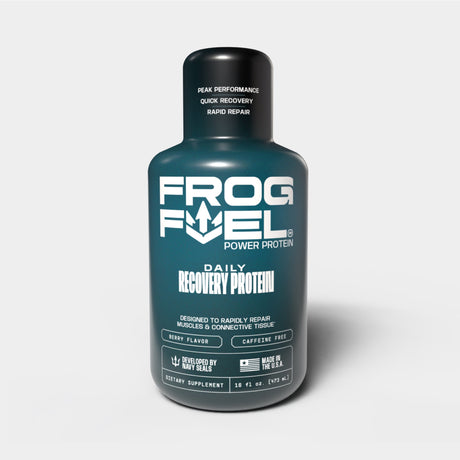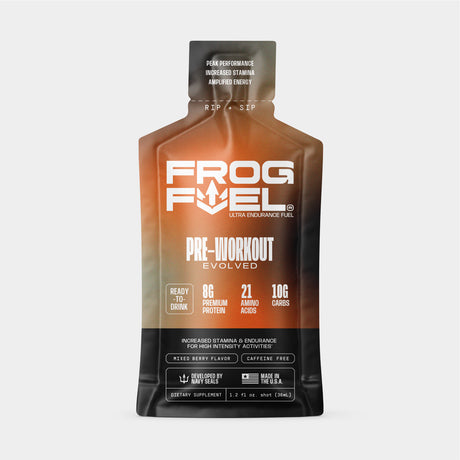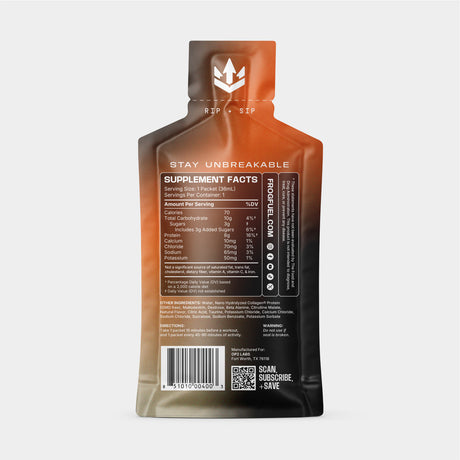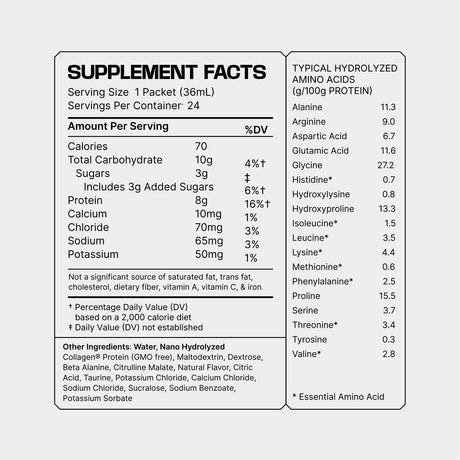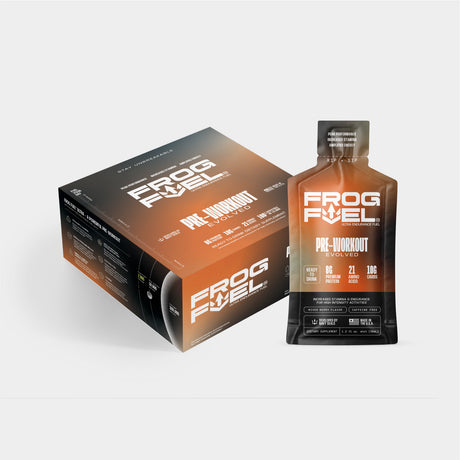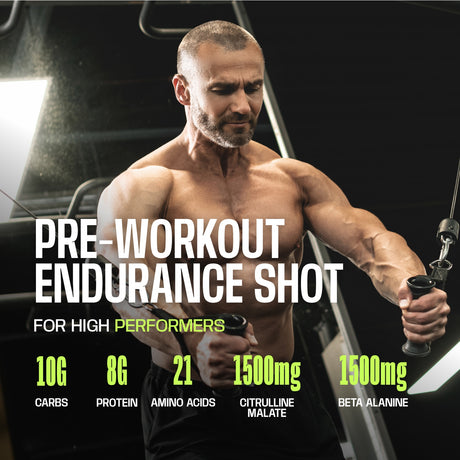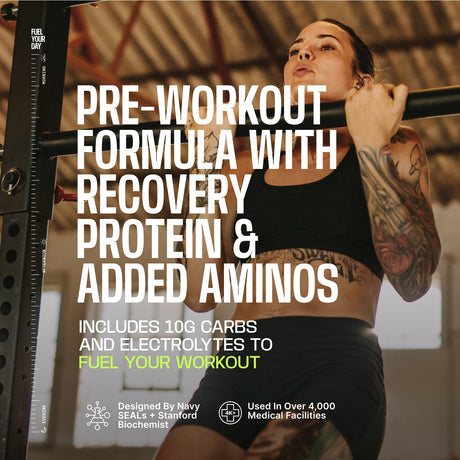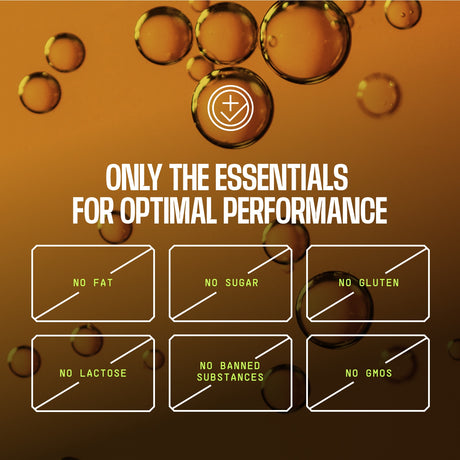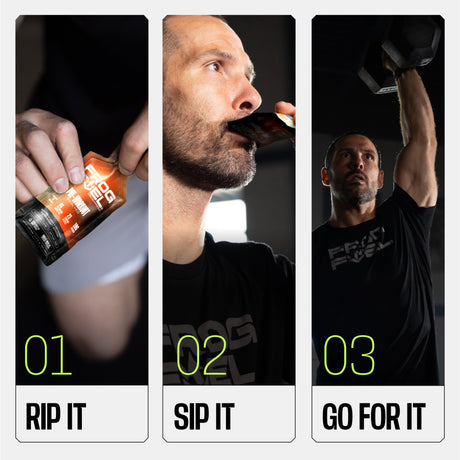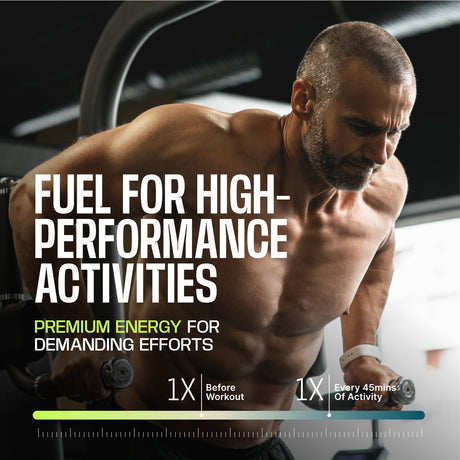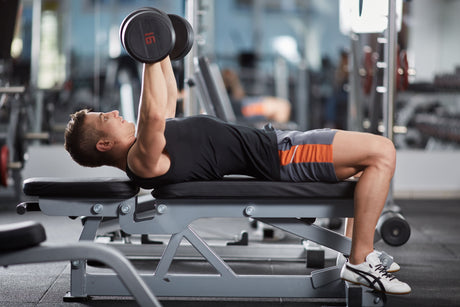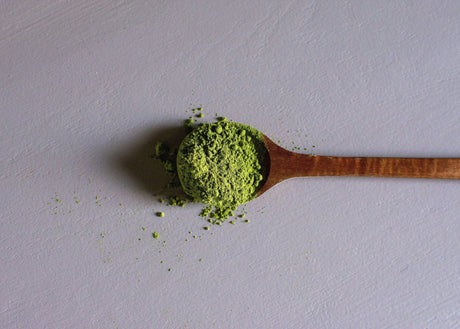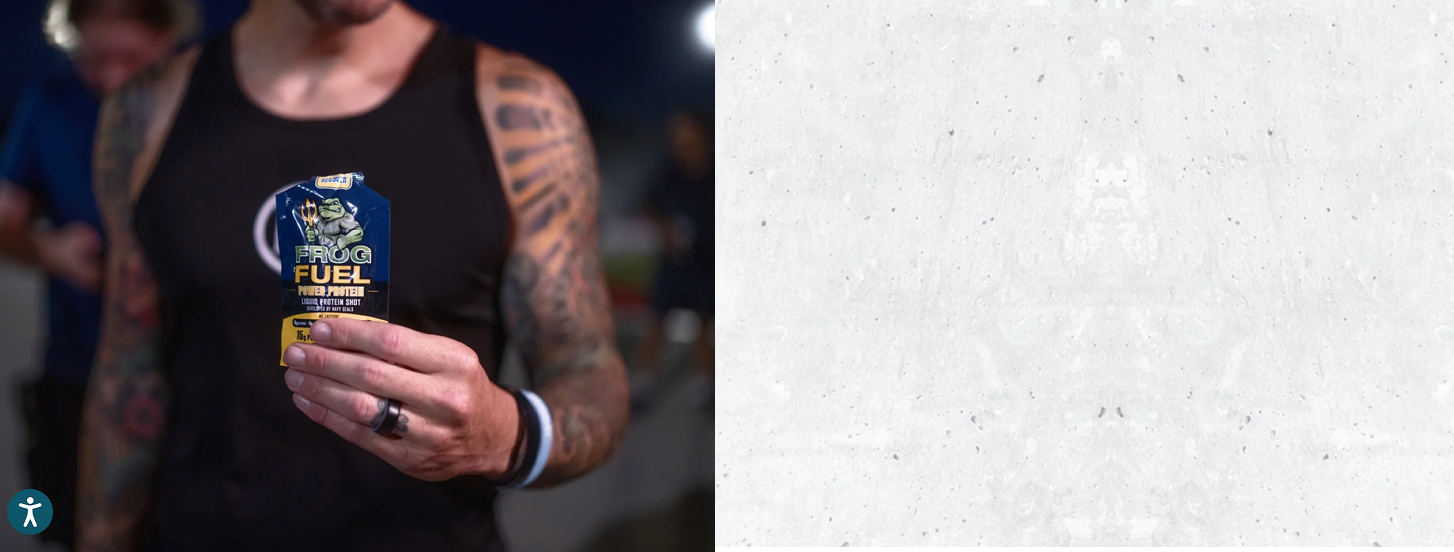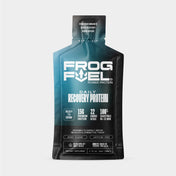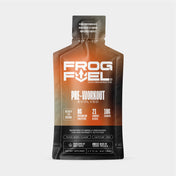In the realm of sports injuries, a torn rotator cuff stands as a significant challenge for athletes, impacting shoulder mobility and performance. If you are living with a rotator cuff injury, you probably want to know how to heal a torn rotator cuff naturally.
A rotator injury involves tears in the muscles and tendons that stabilize the shoulder joint, often resulting from repetitive overhead motions or sudden trauma.
Understanding how to heal a torn rotator cuff naturally may help avoid invasive treatments and regain optimal function so you can get back in the gym or into the game as quickly as possible.
Natural healing methods not only promote recovery but also address the root causes of the injury, fostering long-term shoulder health.
From rest and specific exercises to nutrition and home remedies for rotator cuff pain, athletes can employ these holistic approaches to alleviate discomfort and hopefully accelerate healing.
Before we discuss how to heal a torn rotator cuff naturally, let’s make sure you understand what a torn rotator cuff is and why it’s an issue for you.
Causes and symptoms of torn rotator cuff
The rotator cuff comprises a group of muscles and tendons crucial for stabilizing and enabling various shoulder movements. These muscles—supraspinatus, infraspinatus, teres minor, and subscapularis—work together to facilitate overhead motions and rotational movements of the arm.
Among the most common sports injuries, a torn rotator cuff typically occurs due to repetitive overhead activities like throwing, swimming, weightlifting, or sudden trauma such as a fall.
Symptoms of a torn rotator cuff often include:
- Persistent shoulder pain, especially when lifting or rotating the arm
- Weakness in the shoulder
- Difficulty sleeping on the affected side
- Limited range of motion
- Noticeable crackling sensation (crepitus) during arm movements
Recognizing these symptoms of a torn rotator cuff can help athletes learn how to heal a torn rotator cuff naturally, as early intervention and appropriate rest are essential for swift recovery.
Of course, not all injuries are able to be treated naturally. So when do you need surgical intervention?
When surgery is necessary for a torn rotator cuff
If you’ve tried to learn how to heal a torn rotator cuff naturally at-home and natural treatments fail to relieve symptoms, surgery may be necessary to fix the tear. This will also be the case if your rotator cuff tear is severe.
Severe rotator cuff tears often need surgical intervention for a full recovery – especially if you are hoping to get back into contact sports or strenuous physical activity.
Surgery aims to repair the torn tendon or muscles to restore shoulder function and alleviate pain effectively. It is typically recommended when there is significant weakness, inability to perform daily activities, or if the tear is large and unlikely to heal on its own.
Consulting with a healthcare professional specializing in sports injury treatment can help you determine the most appropriate action for your torn rotator cuff. Your doctor can assess the extent of the tear through imaging tests and clinical examination and provide tailored treatment recommendations based on your individual circumstances and health goals.
Surgery for a rotator cuff tear is often considered after many other measures have been exhausted. It aims to optimize recovery and restore shoulder strength and mobility. That being said, not all rotator cuff injuries will require surgery – that’s why this article is here!
Many people find relief for their shoulder injury by learning how to heal a torn rotator cuff naturally, and that’s what we are here to help you with today.
How to heal a torn rotator cuff naturally
In addressing the challenges of shoulder injuries, understanding how to heal a torn rotator cuff naturally may help you heal without invasive treatments. This comprehensive approach encompasses therapeutic exercises, rest, dietary considerations, and more to promote natural healing.
Here are just some of the methods you can try when learning how to heal a torn rotator cuff naturally:
1. Rest and immobilization
Resting is one of the best things you can do when you have an injury. Resting the shoulder helps prevent exacerbating the injury and allows the damaged tissues to begin repairing themselves.
Using slings or braces to immobilize the shoulder provides stability and reduces strain on the injured tendons, promoting a conducive environment for healing.
Of course, you don’t want to rest for TOO long, or your joint can become stiff and it can actually inhibit your healing process. You should speak with your doctor to discuss how long you should immobilize your joint for and when to begin gentle stretching and strengthening exercises.
These measures are fundamental to understanding how to heal a torn rotator cuff naturally. They support the natural recovery process by minimizing movement and protecting the injured area from additional stress or trauma – and then slowly working back to easy, everyday movements.
It will probably be a while before your doctor recommends you return to full activity levels, but you can start slow and listen to your body and you will be back at it before you know it.
2. Ice and heat therapy
Ice and heat therapy are essential components of home care for rotator cuff injuries, offering distinct benefits in the healing process. They are some of the best home remedies for rotator cuff pain.
Ice packs applied promptly to the shoulder immediately following injury or during flare-ups help constrict blood vessels, reduce blood flow, and decrease inflammation. This cold therapy numbs the affected area, providing immediate pain relief and minimizing swelling.
On the other hand, heat therapy enhances blood circulation to the injured area, delivering nutrients and oxygen essential for tissue repair and relaxation of tight muscles.
The increased blood flow also helps flush out toxins and reduce stiffness, improving flexibility and range of motion in the shoulder joint. Heat can be applied using heating pads, warm compresses, or hot water bottles.
Alternating between ice and heat treatments can optimize their respective benefits. Starting with ice to manage acute pain and inflammation, followed by heat to promote healing and muscle relaxation, can help manage symptoms and support recovery from rotator cuff injuries.
3. Physical therapy and alternatives
Physical therapy and alternative therapies offer diverse approaches to rehabilitation. Physical therapists often employ gentle stretching exercises to improve flexibility in the shoulder joint, easing stiffness and enhancing the range of motion crucial for recovery.
Strengthening exercises targeted at the shoulder muscles help support the rotator cuff, stabilizing the joint and preventing future injuries.
Your doctor will likely recommend that you start physical therapy for your rotator cuff injury, regardless of whether you need surgery or not. Physical therapy is an important step in how to heal a torn rotator cuff naturally, and it’s also extremely helpful in post-surgical recovery.
In addition to traditional physical therapy, alternative therapies such as acupuncture and massage therapy may provide valuable benefits for you while you try to heal your rotator cuff injury.
Acupuncture relieves pain by stimulating specific points that release tension and promote natural healing.
Massage therapy enhances circulation to the affected area, reducing inflammation and alleviating muscle tension contributing to shoulder discomfort.
Integrating these therapies into a comprehensive treatment plan can effectively manage symptoms, accelerate healing, and restore optimal shoulder function following a torn rotator cuff injury.
4. Nutrition and diet
A balanced diet is a simple and effective way to support tissue repair and even prevent injuries.
Work to build a diet that is rich in essential nutrients like omega-3 fatty acids, vitamins C and E, and zinc. These nutrients contribute to collagen synthesis, which is fundamental in rebuilding damaged tendons and muscles.
Lean proteins like chicken, fish, and legumes provide amino acids necessary for tissue regeneration, aiding in how to heal a torn rotator cuff naturally.
A collagen supplement for rotator cuff repair is increasingly recognized for its potential benefits in rotator cuff repair. Collagen is a primary structural protein in connective tissues, including tendons, and supplementing with collagen peptides can promote tendon strength and elasticity.
Studies suggest that collagen supplements may accelerate healing by reducing inflammation and supporting the formation of new tissue. This makes collagen supplements a valuable addition to home remedies for rotator cuff pain, aiding in both recovery and prevention of future injuries.
We have one more way you can learn how to heal a torn rotator cuff naturally and spoiler alert, it has more to do with collagen.
5. A collagen supplement for rotator cuff repair
As explained above, collagen supplements have garnered attention for their potential role in accelerating rotator cuff repair, particularly post-surgery. So, whether you need surgery or not, a collagen supplement for rotator cuff repair may be a good idea.

Hydrolyzed collagen protein, known for its easy absorption, delivers essential amino acids directly to tissues, supporting tendon and ligament repair. This form of collagen is often considered the best collagen for joints due to its bioavailability and effectiveness in promoting tissue regeneration.
Research indicates that collagen supplements can expedite healing by enhancing the synthesis of collagen fibers, which are essential for tendon strength and elasticity.
Studies also highlight liquid collagen benefits, such as improved skin elasticity and joint flexibility, contributing to overall tissue health. This makes collagen supplementation a promising adjunct to post-operative care for rotator cuff injuries, aiding in recovery and reducing rehabilitation time.
Incorporating collagen supplements into a comprehensive treatment plan can support the body's natural healing processes, optimizing outcomes for individuals recovering from rotator cuff repair surgery.
FAQs about how to heal a torn rotator cuff naturally
Here are some answers to common questions about how to heal a torn rotator cuff naturally:
How long does it take to heal a rotator cuff without surgery?
Healing a rotator cuff without surgery typically takes several weeks to several months, depending on the severity of the injury and adherence to treatment.
Conservative or natural methods such as rest, physical therapy, and lifestyle adjustments play an invaluable role in facilitating healing and restoring shoulder function.
Should I exercise if my rotator cuff hurts?
If your rotator cuff hurts, it's advisable to avoid exercises that aggravate the pain. However, gentle range-of-motion exercises prescribed by a physical therapist can help maintain shoulder mobility and prevent stiffness.
Consulting with a healthcare professional can help you determine the appropriate exercises and rehabilitation plan for your specific condition.
What should you avoid when your rotator cuff hurts?
When the rotator cuff hurts, avoid overhead movements, heavy lifting, and skipping warm-ups. Listen to your body's pain signals and modify activities accordingly.
Promptly seek medical advice for persistent symptoms to prevent worsening. Early intervention is crucial for effective recovery and minimizing discomfort.
Should you massage a sore rotator cuff?
Yes, gentle massage can help relieve soreness in the rotator cuff by improving circulation, reducing muscle tension, and promoting relaxation. Avoid deep tissue or vigorous massage that may exacerbate pain or cause further injury. Consulting with a healthcare professional or therapist for guidance is advisable.


